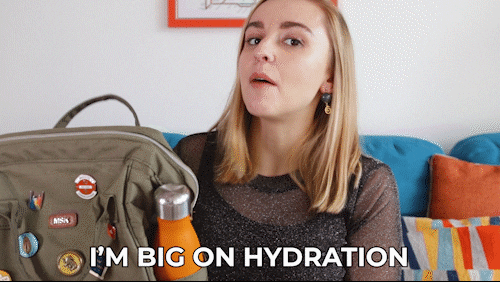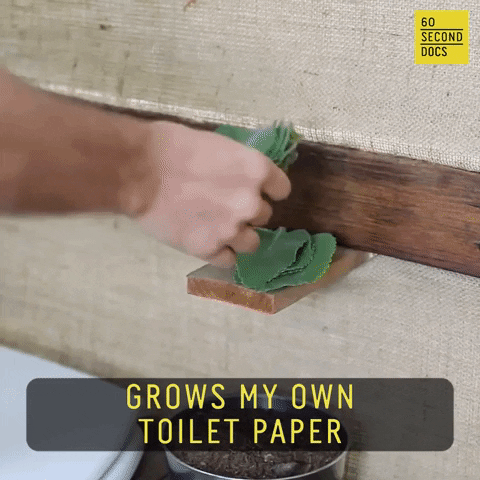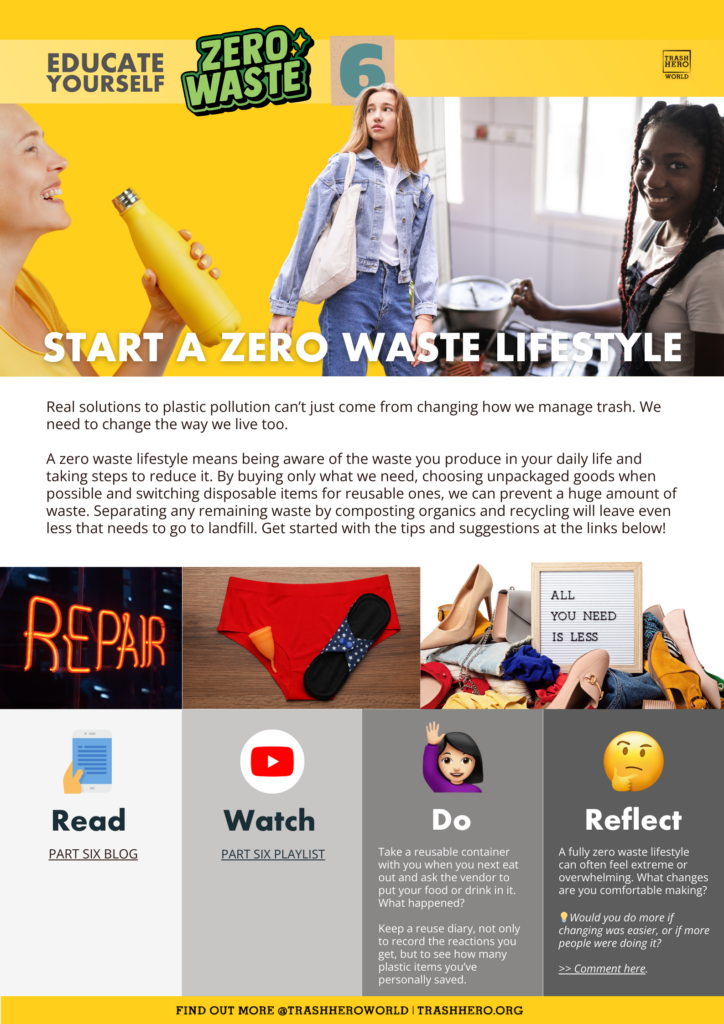If you’ve been following the earlier parts of this guide, you’ll already have a good sense of the scale and complexity of the plastic problem. And you’re probably starting to wonder how we will ever solve it!
Real solutions can’t come from changing how we manage plastic trash. We need to change the way we live too.
As the twins say, there are hundreds of accounts on social media all sharing tips about how to reduce plastic and other waste in our daily lives. This is called a “zero waste lifestyle”. Note! A zero waste lifestyle is nothing new – it was not invented by influencers, nor does it need a perfect white kitchen and lots of cool zero waste products. In fact, most people in human history up until the mid 20th century lived zero waste lifestyles and millions still do today.
This kind of lifestyle just means that the things we use are made to last, materials are reused and repaired – not thrown away – and we are more connected to nature and our local community.
So what happened in the mid 20th century to change this? The dawn of mass production and advertising, fuelled by plastic — the new “wonder material” — started a consumerist, throwaway culture. This transformed people’s lives and even their values.

Once we start looking, we can see that a lot of what is now being sold to us is overpackaged and quite often not even needed at all. So a zero waste lifestyle really just starts with observing our buying habits and thinking of ways to avoid any unnecessary purchases and waste.
Start small with simple swaps
The key is not to feel pressured to change everything at once. Start by making small, manageable changes and gradually build from there. A great first step is a reusable water bottle. Choose one made from plain stainless steel to avoid issues with microplastics. Fill it from the tap (if you can) or another reusable source like a tank or public refill point. That will already start saving a lot of plastic bottles.

Next you could try a reusable shopping bag – again choose one that is small enough to fold up and keep in your main bag or pocket so you always have it with you. Or, carry a reusable cup. Both of these swaps mean you might have to ask the seller if you can use your item instead of the disposable one they provide. It can feel awkward the first time you do this. But if you can explain the reason – that you are trying to avoid single-use plastic – most people are quite happy to help.
The more you practice, the easier and more normal it feels. And, as well as saving plastic, you’re also being a great role model for people you know – and even those you don’t! – who see you making those choices.
Plan ahead to make more impact
Once you get the hang of carrying a few reusables with you, you’re ready to go a step further. For more ideas, look at what you and your family use and throw away each week. Is there anything you can do to avoid plastic packaging? For example, could you choose loose fruit and vegetables instead of wrapped? Could you buy any other products (e.g. sugar, rice, nuts) at a local market or refill store instead of at the supermarket?

If you pack your own lunch, could you make it zero waste – without packaging and in a reusable container? Could you swap from disposable period products to reusable ones? Or from liquid shampoo and soap to a solid bar? If there are some things you can’t or don’t want to give up, that’s okay. We all like salty snacks 🙂
Become a hardcore zero waster?
There is actually a lot more you can do to reduce waste, from composting to repairing things to making your own cleaning products. You can go room by room in your house, giving them zero waste makeovers. This sometimes does require special equipment, as well as a bit more time and effort. Some people will enjoy exploring these options, others will find they get overwhelmed and demotivated.


Our advice is to do what you can, and stick to what is working for you. A little every day is better than trying to do too much and ending up doing nothing at all! And in the next parts of this guide, we’ll be looking at more ways to support zero waste lifestyles for everyone, even those who are reluctant to try.
In summary, a zero waste lifestyle means being aware of the waste you produce in your daily life and taking steps to reduce it. By buying only what we need, choosing unpackaged or second-hand goods when possible and switching disposable items for reusable ones, we can prevent a huge amount of waste. Separating any remaining waste by composting organics and recycling will leave even less that needs to go to landfill.
To find out more about zero waste lifestyles, check out our reading and watch lists below. Take your time to explore whatever appeals to you and don’t forget to try some swaps out for yourself. If you do try any of the suggestions, or want to answer the question below, leave us a comment!
➤ Starting an eco-friendly lifestyle
➤ Why and how to compost
❗ TRY THIS
Take a reusable container or cup with you when you next eat out and ask the vendor to put your food or drink in it. What happened? Was it harder or easier than you expected?
It can be fun to keep a reuse diary, not only to record the reactions you get, but to see how many plastic items you’ve personally saved.
❓ OVER TO YOU
A fully zero waste lifestyle can often feel extreme or overwhelming. What changes are you comfortable making?
💡 Would you do more if changing was easier, or if more people were doing it?
Let us know your thoughts below!
Note: comments are moderated so they won’t appear right away



Join the conversation